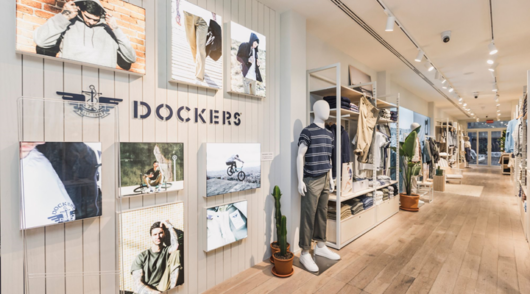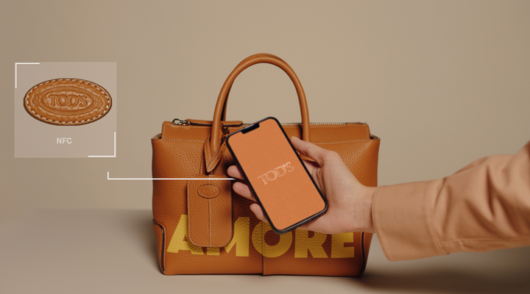Amid ongoing global uncertainty, it’s time to go deeper with data through programmatic.
After two years of immense disruption, cost-effective customer acquisition is a challenge, particularly given decreasing retention and loyalty and an upsurge in ‘switching’ among consumers. Shoppers are using a multi-channel approach to satisfy their needs – and this seismic shift, from both a consumer as well as a marketing perspective, has seen a huge increase in competition across every marketing channel in the customer journey.
In this climate, retail marketers need to adopt strategies beyond search and social, to achieve or improve true brand loyalty and customer retention. Brands need to be present on more channels than ever before and understand their customers deeply to ensure they deliver exceptional customer experiences.
While social media usage has surged during the pandemic, it has also become less efficient and effective for marketers due to many factors including the impact of iOS 14.5 on Facebook tracking and user fragmentation, especially with the rise of TikTok.
Costs across search, social and retail media have risen by 20 per cent year on year and marketers must now brace themselves for more disruption with the demise of Google’s cookie.
Search and social will continue to be important channels in brand awareness and converting audiences. However, in order to gain incremental customers and outpace the competition, retailers must diversify their marketing mix. Recent research by Bench revealed that using five channels or platforms for brand awareness campaigns can improve search and social results by up to 35 per cent.
Customers’ trust in digital marketing methods has also eroded over recent years, as exemplified by 72 per cent of users opting out of iOS tracking. Building a brand presence and awareness is key, and the addition of branding channels is imperative to achieving this.
Adding programmatic channels and data-driven methods to search and social strategies can provide significant uplift in customer acquisition along with critical brand metrics and retention. When implemented successfully, retailers will soon see result-driven, cost-effective and cost-efficient campaigns.
A recent Bench study proves that adding programmatic branding ads across multiple channels can increase conversion rate uplift* anywhere from 15-300 per cent on paid Search & Social activity.
However, with the global supply chain still heavily disrupted, marketers are wary of dramatic shifts in messaging and strategy and thus may be hesitant to lock in plans with their advertising agency and media partner too early.
So, what are the solutions available for retailers under these conditions?
Flexibility, diversification and control
In recent years, programmatic buying has become a mainstay of the digital marketing toolkit. For retailers, programmatic offers the flexibility and control required for navigating a fragmented media landscape while reaching consumers across multiple channels and touchpoints.
Programmatic buying’s flexibility safeguards retailers’ ability to react to market changes or results from new data, providing cost-efficiency and optimisation of advertising spending.
Leveraging data for advertising
To maximise programmatic advertising’s effectiveness, certain metrics need to be applied such as propensity scoring and frequency caps. First-party data will also help pinpoint the right retargeting moments by providing insights into repeat customers and their intentions. This will help avoid negative retargeting experiences, such as repetition or obtrusiveness, which can discourage consumers.
Retailers can also leverage other e-commerce data sources, such as FlyBuys, MasterCard and Amazon, to ensure hyper-relevancy and to acquire potential new customers. This will help isolate and target the most valuable audiences on multiple channels with a focus on new customer acquisition and existing customer retention. Crucially, this maximises the media budget by avoiding users who are unlikely to buy the brand’s products. Shops may open and close, but the programmatic window of opportunity is always available.






